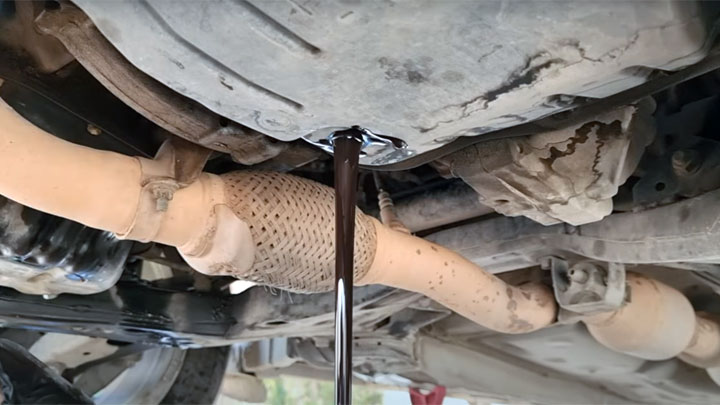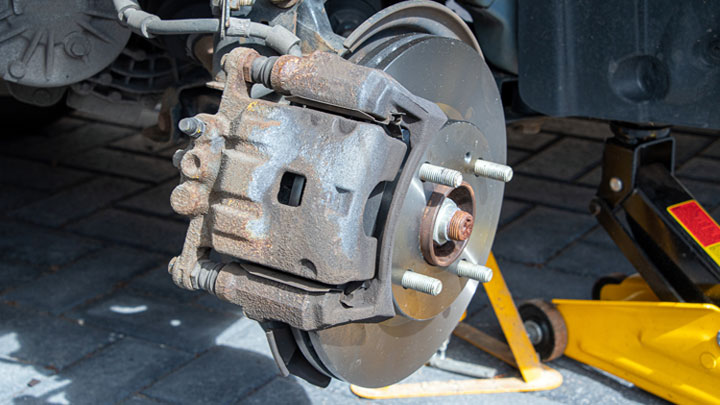Last Updated on October 17, 2022
The purchase of a vehicle could easily be classified as an investment of sorts. We pay a substantial amount of money for our vehicles up front, in exchange for reliable transportation for years to come.
This transportation allows us, as motorists, to commute reliably to and from work and other scheduled commitments. Thinking along these lines, it is only natural to protect our investment by any means necessary.
As a vehicle owner, this process begins and ends with proper service and maintenance, as it pertains to each of a vehicle’s critical systems. Though this matter seems somewhat straightforward at face value, many motorists still question the exact procedures related to such service.
Perhaps no automotive component or system inspires so many questions when due for maintenance than a vehicle’s transmission. More specifically, many find themselves questioning when it is appropriate to change a vehicle’s transmission fluid, versus flushing a transmission altogether.
Read on to learn more about when it is appropriate to perform each of these two services, as well as the advantages that these services offer.
Transmission Fluid Change
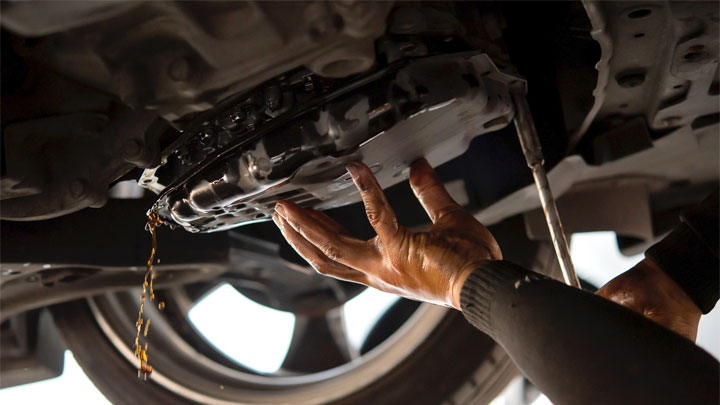
One of the most basic forms of transmission service is a transmission fluid change. Virtually all automakers specify the need for such services at set intervals.
The following are some basic principles regarding transmission fluid change services that every motorist should be aware of.
Process
Changing a vehicle’s transmission fluid involves draining all fluid within a transmission’s sump, and replacing a transmission’s fluid filters. This process often involves dropping a vehicle’s transmission pan, especially if no drain plug or drain orifice is provided.
Most vehicles feature transmission filters that require transmission pan removal to service as well.
See Also: 2 Possible Problems After Changing Transmission Fluid
When To Have It Done
Every manufacturer specifies set service intervals for transmission fluid changes. In many cases, this interval falls within the 30,000 – 50,000 mile range, though some are significantly higher.
When in doubt, one should always consult their vehicle’s owner’s manual for guidance.
Transmission Fluid Change Cost
The cost of having a vehicle’s transmission fluid change varies depending upon the type of shop at which such services are completed. However, one can expect to pay between $100-$250 for a fluid and filter change in most places.
By comparison, one can change their own vehicle’s transmission fluid for $75-$150.
Transmission Fluid Flush
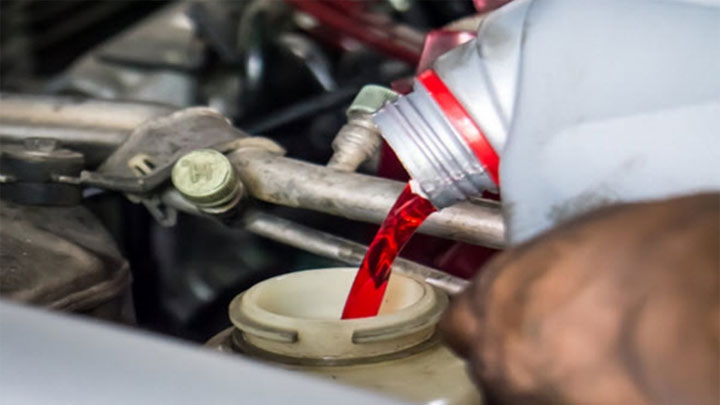
Another popular form of transmission service is a transmission flush. Services of this nature are designed to fully exchange all fluid within a vehicle’s transmission, torque convertor, and transmission cooler.
The following are some basic principles regarding transmission flush services that every motorist should be aware of.
Process
Flushing a transmission involves purging all old fluid from a vehicle’s transmission, along with all related components. Simultaneously, the transmission is refilled with new transmission fluid of the correct type.
A vehicle is also started during this process, to ensure that the transmission’s torque converter is filled as well. This process differs from a standard fluid change, as up to 85%-90% of the total fluid is exchanged, rather than approximately 50%.
When To Have It Done
Today’s automotive manufacturers differ from one another significantly, in terms of when the recommendation for a transmission flush is to be conducted.
While most stipulate that such services should be undertaken at approximately 60,000-90,000 miles, at least a couple of manufacturers have now repealed recommendations for services of this nature altogether.
Transmission Flush Cost
Like any other maintenance service, the cost of a transmission flush fluctuates from one shop to the next. Nonetheless, one can expect to pay somewhere between $150-$400 to have their vehicle’s transmission flushed.
However, if you choose to flush your own transmission using the method described below, you can expect to spend closer to $100-$150.
Can You Change or Flush Your Own Transmission Fluid?
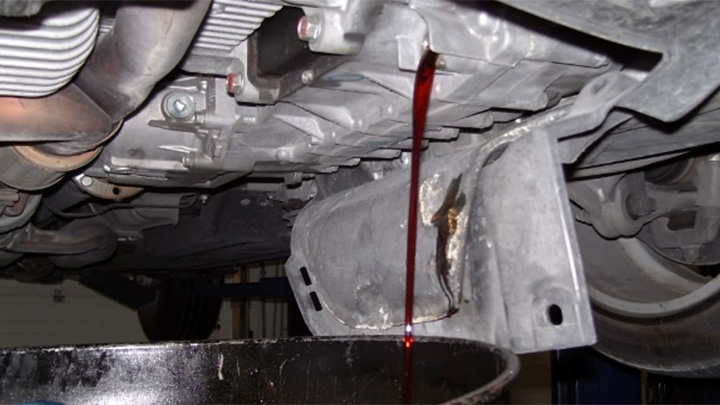
You can, in fact, change or flush your own transmission fluid at home, without the need for any special equipment. This is, of course, assuming that you are at least somewhat mechanically inclined in nature, and have a basic set of specialty tools at your disposal.
Changing a vehicle’s transmission fluid is a rather straightforward affair, which involves draining all fluid in a transmission’s sump, either by removing a drain plug, or dropping the transmission pan in its entirety.
You will also need to change your vehicle’s transmission fluid filter. This filter is often located within a transmission’s pan, though it can be externally mounted as well. Consequently, a new transmission pan gasket should be installed upon reassembly.
Alternatively, a transmission can also be flushed at home, by disconnecting the appropriate cooler line at its junction with the oil cooler itself.
A vehicle’s engine is then started and new transmission fluid is introduced into the transmission’s dipstick tube, via a slender funnel. As old fluid is dispelled through the disconnected cooler line, this newly introduced fluid takes its place. Care must be taken to make sure neither too much or too little fluid is added to the system.
Should You Flush Transmission Fluid If It’s Never Been Changed?
Most service centers and independent technicians agree that a high-mileage transmission should not be flushed if its fluid has never been changed. This is due to the fact that most auto-flush machines utilize relatively high pressures, which easily exceed those observed under typical operating conditions and even cause a leak.
This, in turn, can dislodge debris and deposits that are currently doing no harm, instead forcing them into more sensitive portions of the transmission.
Generally speaking, a basic fluid and filter change is advised for high-mileage transmissions that have never received such a service. This process alone will help restore the condition of a transmission’s lubricating fluid.
If fluid color fails to improve significantly, this service can again be repeated within 1-2 months.
What Can Happen If You Never Change Transmission Fluid?
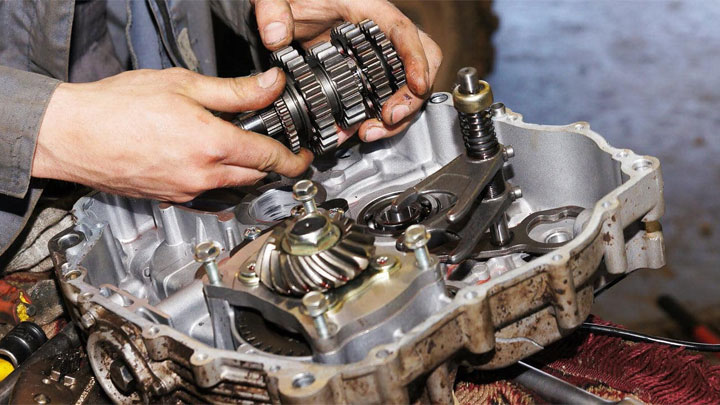
With time, transmission fluid breaks down significantly from constant exposure to heat. This causes an overall loss in viscosity, and prevents efficient cooling of a vehicle’s transmission, especially during high-strain applications. This, in turn, expedites further breakdown of the vehicle’s transmission fluid, further exacerbating the issue at hand.
As transmission fluid breaks down, it also becomes more susceptible to the build-up of deposits. As a result, small orifices within an automatic transmission’s valve body can quickly become plugged. A transmission’s filter(s) also tend to become restricted as such a condition worsens over time.
Related: How to Check Your Transmission Fluid

